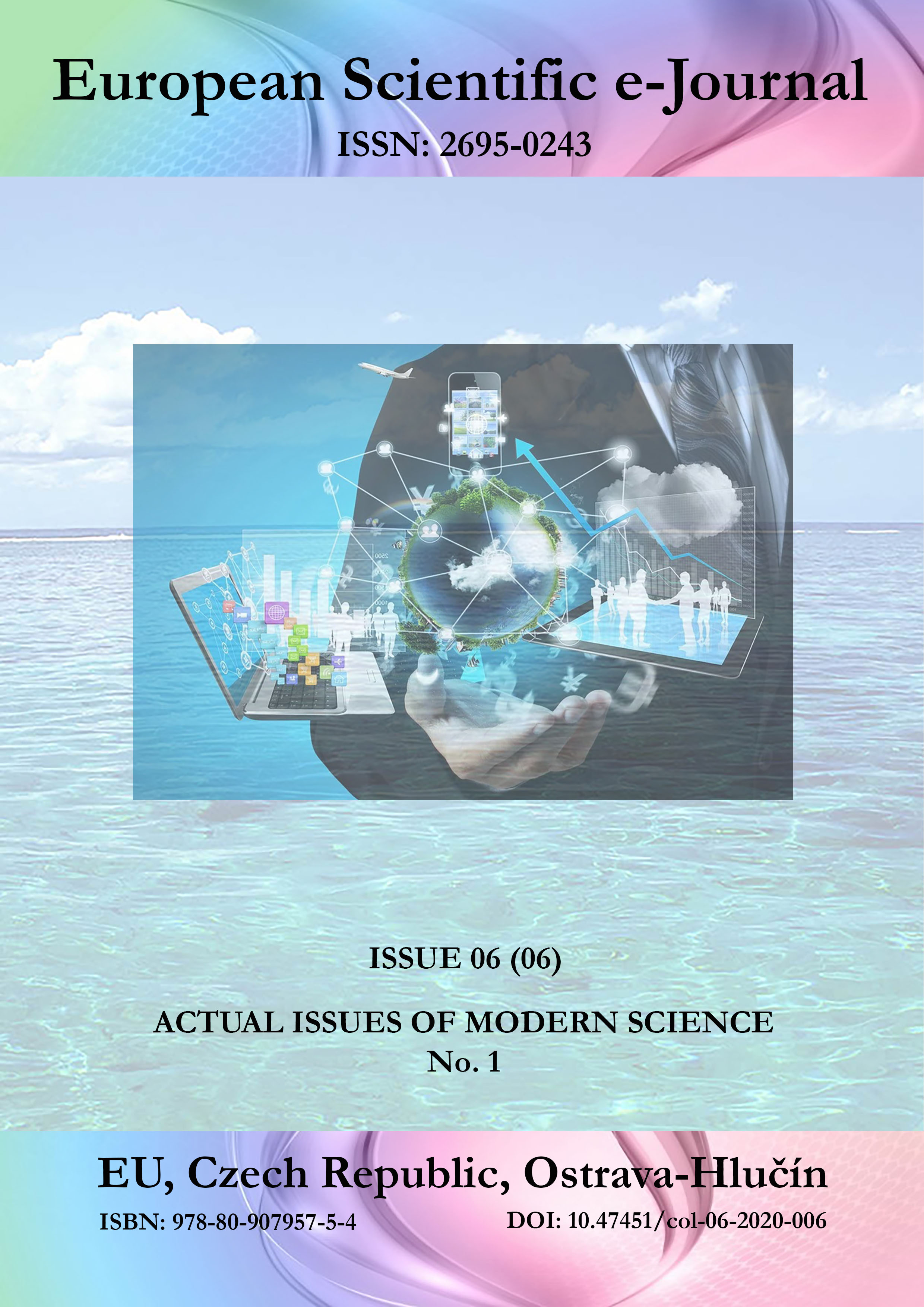Model of a Document Protection Algorithm for a Person Based on Biometric Parameters
DOI:
https://doi.org/10.47451/inn2020-09-002Keywords:
authentication, electronic document management, verification, personal identification, biometric parameters, personal dataAbstract
At the moment, various types of paper documents, which carry various social and legal values relative to the citizen presenting them (passport, driver’s license, etc.), are used to identify a person. In the field of electronic document management, electronic digital signatures have been created and implemented to transmit the generated document packages using network technologies. This paper discusses the principle of an algorithm for protecting an identifying document using biometric data without using third-party servers for both storing and processing information. The entire operation of the system is focused on the transition from paper documents to the electronic (cloud) version without loss of uniqueness and security with the possibility of multi-copying and use outside the work of data transmission networks.
Downloads
References
Authentication via the retina of the eye. (2019). Modern Electronic Library. Moscow. (In Russ.)
Bakhimova, L. A., Latypova, L. A., & Miftakhova, L. H. (2016). Methods of protection against falsification of electronic signature. Bulletin of the Kazan Technological University, 14, 123–125. (In Russ.)
Bokareva, A. A. (2020). Personal authentication using verified electronic document. European Scientific e-Journal, 6, 1, 4–10.
Dovgal, V. M., Gordienko, V. V., & Elagin V. V. (2004). Methods of a computer based on technology for production of counterfeit-protected electronic documents. Telecomunication and Radio Engineering, 8, 745–753.
Dovgal, V. M. & Zacharov, I. S. (2008). Preventive counteraction to information attack on a text electronic document by the method of chaotic transpositions of symbol code fragments. Telecomunication and Radio Engineering, 4, 995–1005.
Gordienko, V. V., Dovgal, V. M., & Lukina, A. V. (2018). The methods of cryptography and steganography to protect electronic documents against forgery based on the display of the Lorentz. Auditorium, 2(18), 48–53. (In Russ.)
Givoino, A. A. & Rostovtsev, V. N. (2016). Protection of medical data of patients. Reports of BSUIR (БГУИР), 7(101), 79–83. (In Russ.)
Khachaturova, S. S. (2016). A digital signature is an authentication of the document. Science, Technology and Education, 9(27). (In Russ.)
Nafikov, M. A. (2016). Algorithms for segmentation of blood vessels in the retina. Applied Informatics, 3(63), 39–45. (In Russ.)
Parker, T. S. & Zhua, L. O. (1987). Introduction to the theory of chaotic systems for engineers. WIEER (ТИИЭР), 75, 8, 6–40. (In Russ.)
Thompson, J. M. T. (1985). Instabilities and catastrophes in science and technology. Мoscow: Mir. (In Russ.)
Published
Issue
Section
License
Copyright (c) 2025 European Scientific e-Journal

This work is licensed under a Creative Commons Attribution 4.0 International License.
The European Scientific e-Journal (ESEJ) is an open access journal. Articles are available free of charge as PDF files on the website of the European Institute for Innovation Development. PDF files can be previewed with Acrobat Reader from www.adobe.com.
All articles of the “Tuculart Student Scientific” are published under a Creative Commons Attribution 4.0 Generic (CC BY 4.0) International license.
According to the Creative Commons Attribution 4.0 Generic (CC BY 4.0) International license, the users are free to Share — copy and redistribute the material in any medium or format for any purpose, even commercially (the licensor cannot revoke these freedoms as long as you follow the license terms).
Under the following terms:
- Attribution — You must give appropriate credit, provide a link to the license, and indicate if changes were made. You may do so in any reasonable manner, but not in any way that suggests the licensor endorses you or your use.
- No additional restrictions — You may not apply legal terms or technological measures that legally restrict others from doing anything the license permits.


